What Wheels Will Fit My Car?
Hoping to give a new look to an old friend? Perhaps you've picked up a project and have a vision in your mind for your rolling stock of choice? Either way, the big question is, what wheels will fit my car? We explain all below.
Not all wheels are the same
No, we don't mean they look different (that bit is pretty obvious) but what we do mean is wheels come in different sizes and also in different fitments. Both of these factors must be taken into account when choosing your next set of wheels. (There are a few tricks to work around this in some cases, but we'll come to that later.)
What size wheel should I get for my car?
Depending on the style you are going for with your vehicle, will depend on the wheel size, namely the diameter that you choose. To keep things simple you ideally want your new wheels to have the same 'rolling radius' as your old ones. This doesn't mean you can't have bigger wheels, but what it will mean is you need to adjust your tyre profile accordingly. This will not only ensure that your wheels physically fit under your wheel arches, but also that your speedo and gearing remains about right. A great online resource to help calculate this is www.willtheyfit.com You can of course also fit smaller wheels to your car if you are looking for a 'euro /retro' look which is so popular in the watercooled scene. When fitting smaller wheels it is likely you'll reduce your rolling radius significantly. This not only throws your speedo out but will make your car sit much lower to the ground, which whilst it looks cool will make your chassis components much more prone to damage from speed bumps etc.


What about wide wheels and stretched tyres?
We won't go too far into this very grey area as it treads a fine line between aesthetics, legality and safety. However, if you are wanting to fit wider wheels onto your vehicle, you might find the only way to get the wheel and tyre to sit under the arch is to use a stretched tyre. Basically, this is a tyre that is meant for a much thinner wheel, but when fitted to a wider wheel pulls the sidewall inwards, reducing the rolling radius and potentially avoiding contact with the wheel arch.
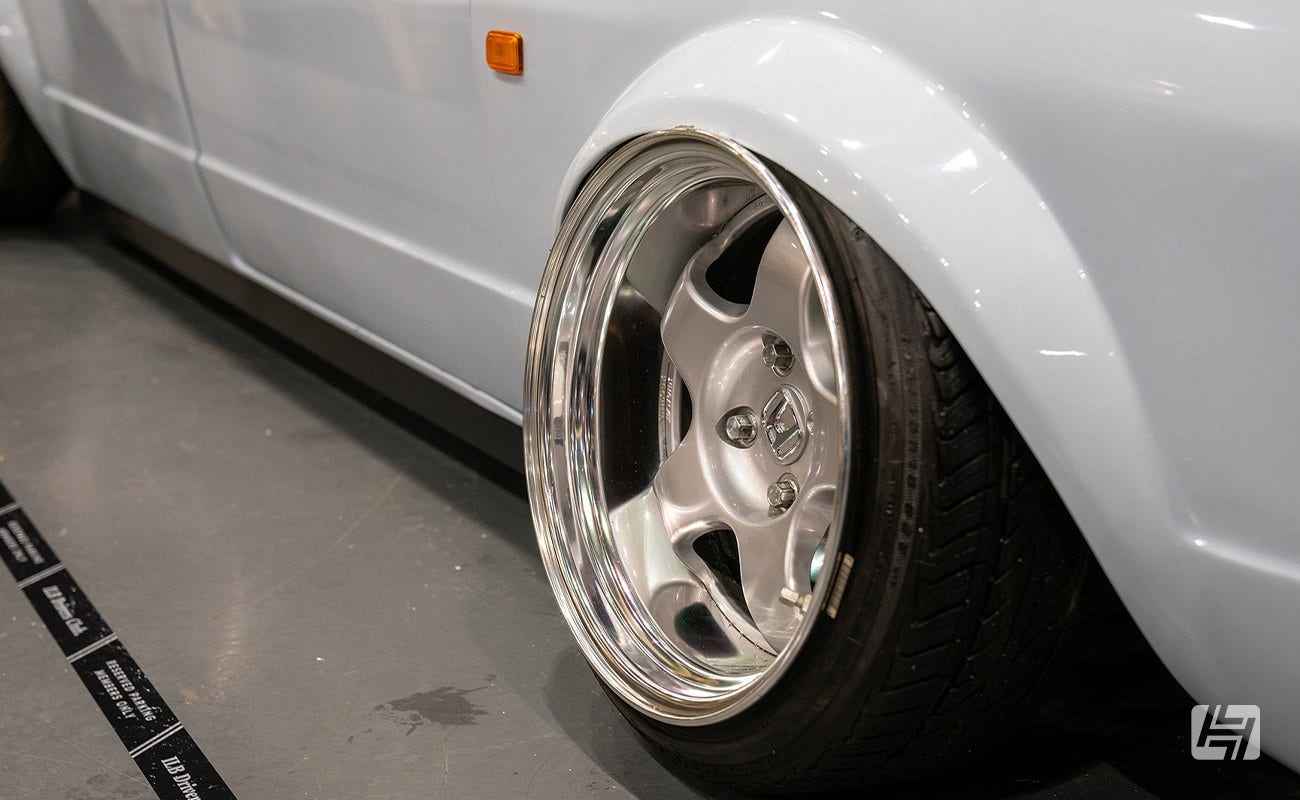

The first thing to consider when buying new wheels
There are two ways to buy new wheels. Either you find a shortlist of wheels that will bolt on to your car, and pick one of those - you can search for wheels by vehicle type on our website. Or you find the wheels you want and you make them fit. The majority of car enthusiasts will take the easier option, which is finding a wheel that will bolt straight on. What do we mean by this? We're talking about PCD, Pitch Circle Diameter. In short, the number of bolts or nuts which attach your wheel to your car.


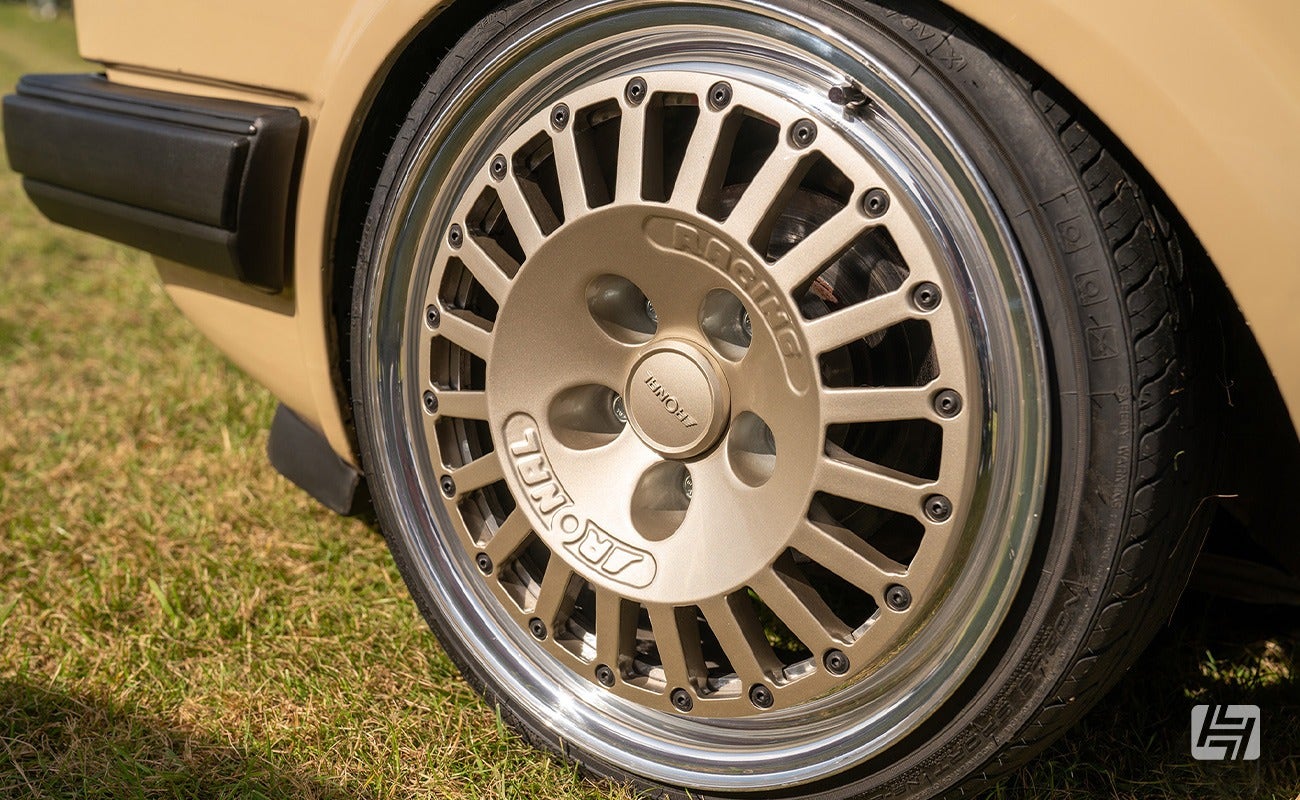

Measuring Pitch Circle Diameter and centre bore
Once you have counted the wheel bolts, or nuts used to attach each wheel, you will need to know the distance between them or the diameter of the circle on which they sit. If you get this wrong you won't be able to physically attach the wheel to the vehicle, so every other measurement will become insignificant anyway. You can find out your PCD by measuring, checking if it is stamped or cast into your old wheel, or cross-referencing our list below which covers the majority of vehicles we sell parts for.
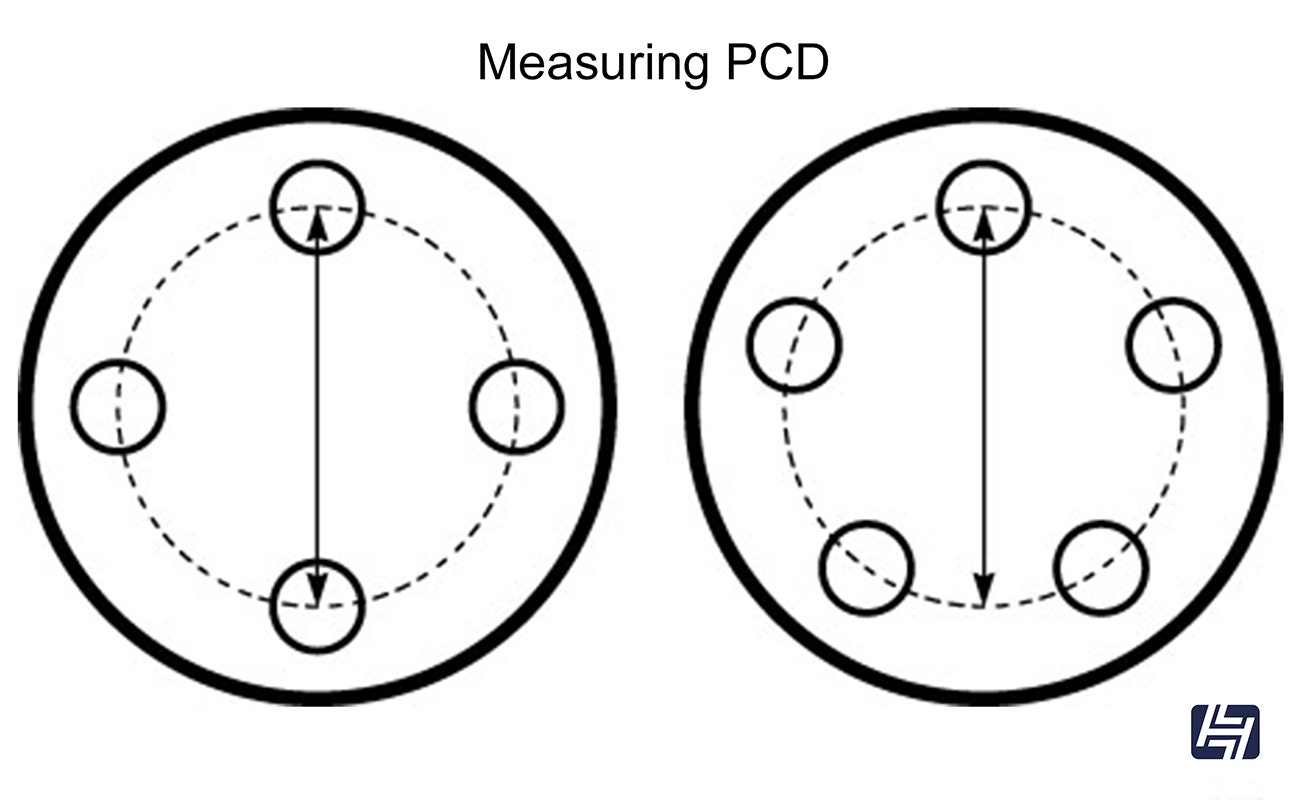

Another factor to consider is the Centre Bore of the wheel. This is the large central hole in the middle of the wheel, often covered by a branded centre cap. If you buy new wheels from a specialist they will ensure this is not an issue, either supplying a wheel which is a direct fit or providing a set of 'spigot rings' which sit into the centre bore of the wheel to ensure a snug fit on the hub of your car. If you choose a wheel that is too small, then it won't fit. If you go too large then it could try and move around while you are in motion.
Vehicles with 4 x 100PCD
This is the default PCD for all watercooled Volkswagen models up to Mk3 Golf, with the exception of GTI and VR6 powered Mk3 and Corrado models. Typically these wheels will be around ET35 offset making most of them interchangeable between models. We'll cover offset in more detail a moment.


Vehicles with 4 x 108PCD
Unusually, the Porsche 924 2.0 litre normally aspirated models which were built as a VW/Porsche collaboration feature a 4 x 108PCD more often found on older Audi models, rather than the common VW fitment of the time. For reference, this stud pattern is also found on retro Ford and Peugeot models.
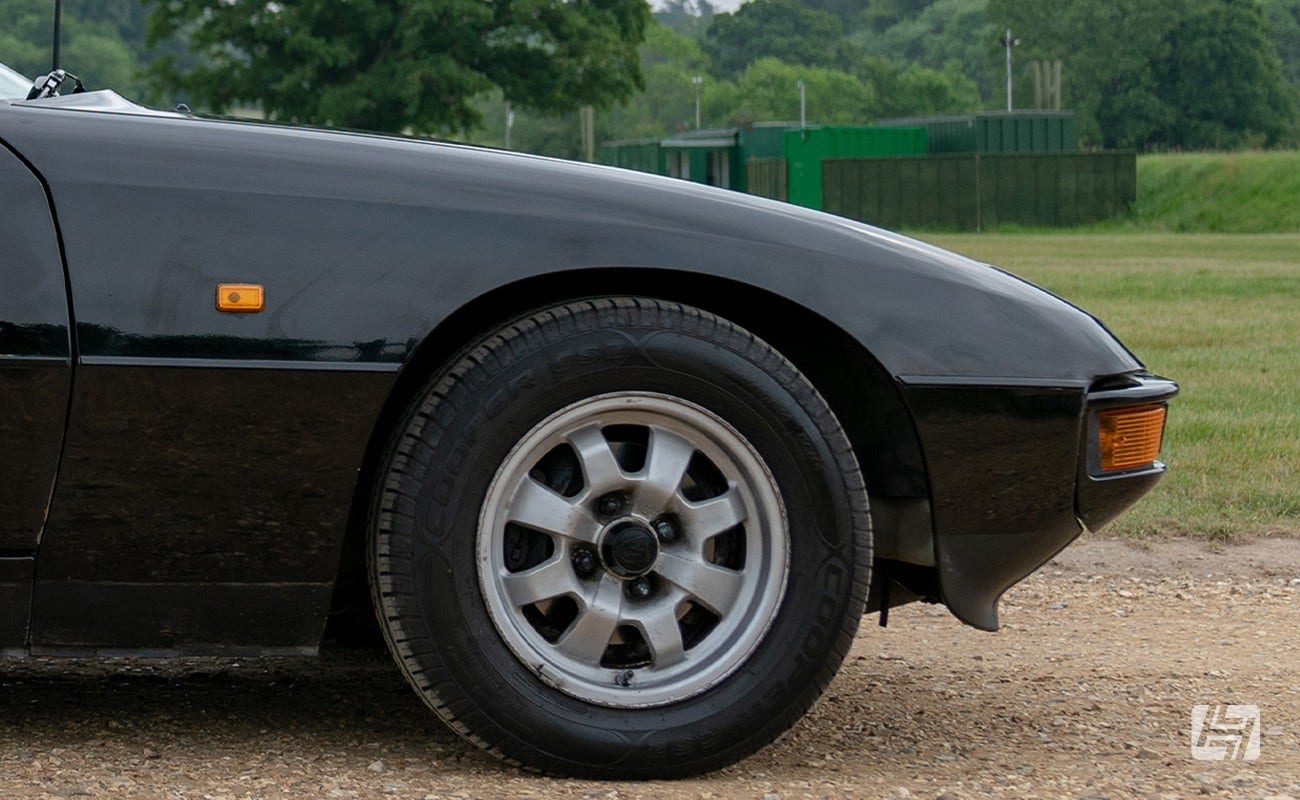

Vehicles with 4 x 130PCD
If you have an aircooled Volkswagen with a 4 bolt wheel fastening, then this is the fitment for you. Typically found on Beetles, Karmann Ghias and Type 3 and Type 4 models from 1967 onwards, you will also find this PCD on the Porsche 914 too.


Vehicles with 5 x 100PCD
This wheel fitment can be found on Mk3 Golf GTI and VR6 models, Corrado VR6 models and was also continued on to all Mk4 Golf platform cars which include most of the Audi, SEAT and Skoda range from that time.


Vehicles with 5 x 112PCD
This fitment is traditionally reserved for the VW Transporters having been introduced in August 1969 for the 1970 model year Bay Window and remaining in place for all VW Type 25s and later the Volkswagen T4 wheels. Nowadays it can be found all modern VAG models (Mk5 Golf onwards). When it comes to fitting wheels from other manufacturers, this stud pattern is commonly used by Mercedes and generally speaking their wheels should be strong enough to support your van.
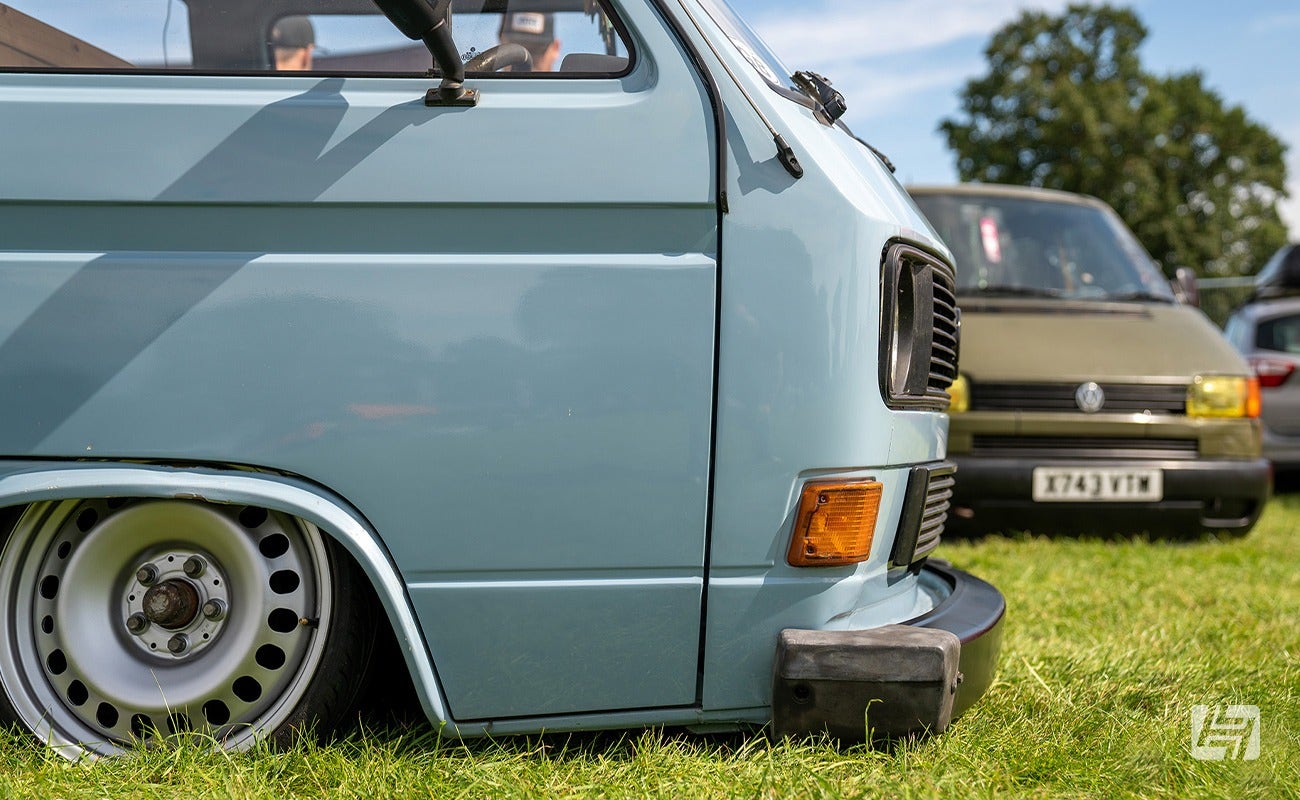

Vehicles with 5 x 120PCD
If you are the owner of a modern Volkswagen, such as the T5 or the T6 then this is the wheel fitment you will require. Handily this stud pattern is also shared by BMW, Range Rover and Bentley hence the wealth of wheel swaps you'll find on these newer Transporters.


Vehicles with 5 x 130PCD
Often just called 'Porsche pattern' as aside from the 356, 914, and 924 you can find pretty much all Porsche wheels with this bolt pattern. This makes life quite easy for Porsche owners looking to switch up styles, with a host of opportunities from '70s Fuchs through to Design 90s, Turbo Twists and even factory Split rims on top of a wealth of wheels from various tuning companies.
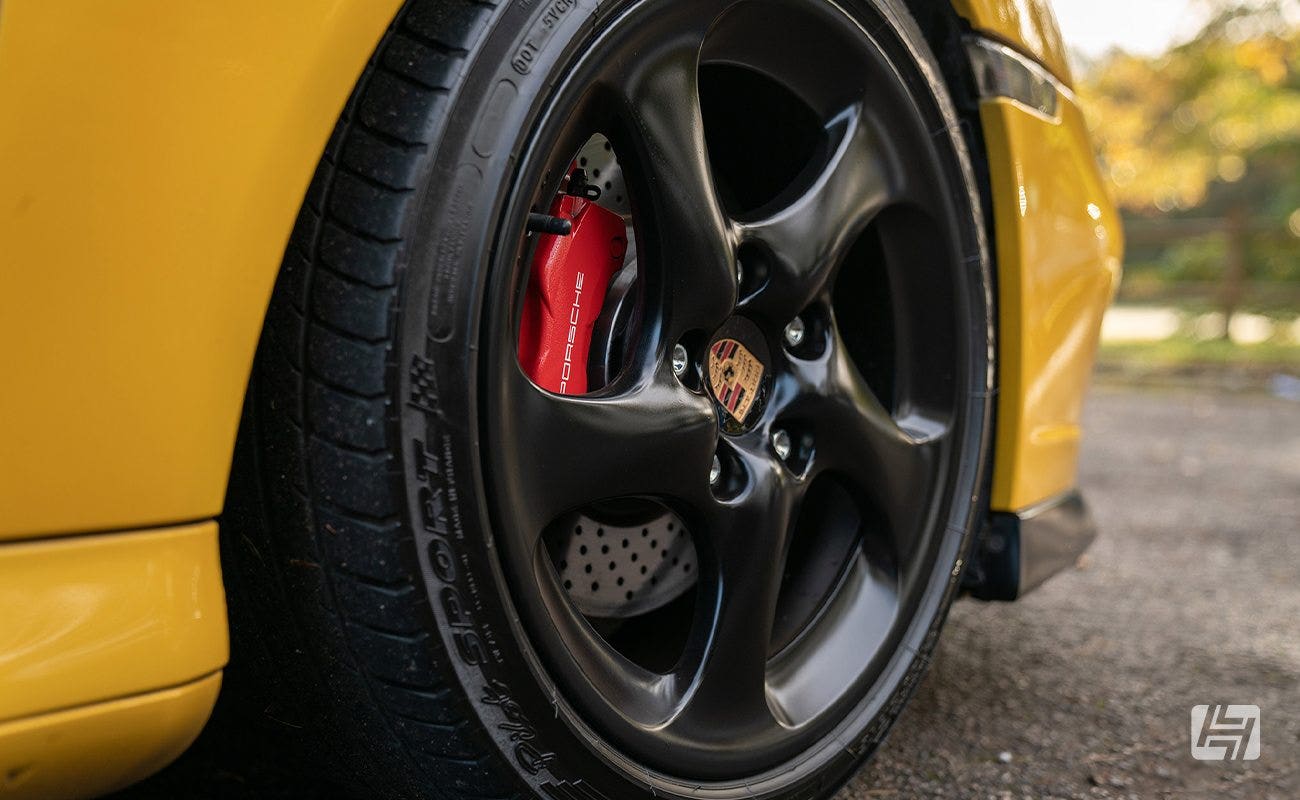

When it comes to switching wheels between manufacturers, fitting Porsche wheels to a classic Volkswagen is probably the most common one. This is possible with either PCD adapters or by redrilling hubs, or in some cases, such as with the SSP Gas Burners and SSP Fooks these iconic styles have been recreated with alternative stud patterns to ease fitting to different vehicles, such as 4 x 130 and 5 x 112 PCD.
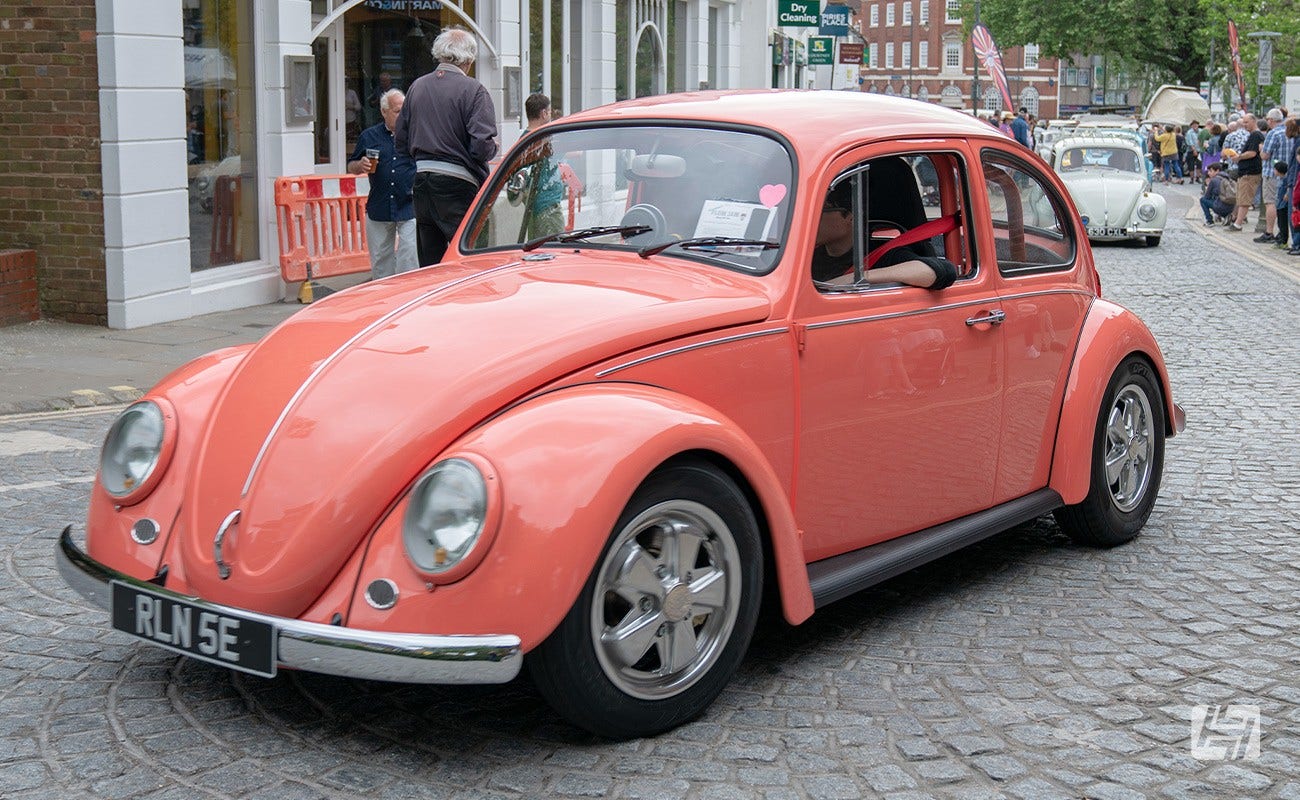

Vehicles with 5 x 205PCD
The classic 'wide 5' stud pattern was first used on the earliest of KdF-Wagens and remained the fitment of choice for VW up until 1966 when disc brakes were introduced on the 'saloon' cars, and in 1970 on the Transporters. This arrangement can also be found on the Porsche 356 too. You can shop our range of 5 x 205 wheels here.
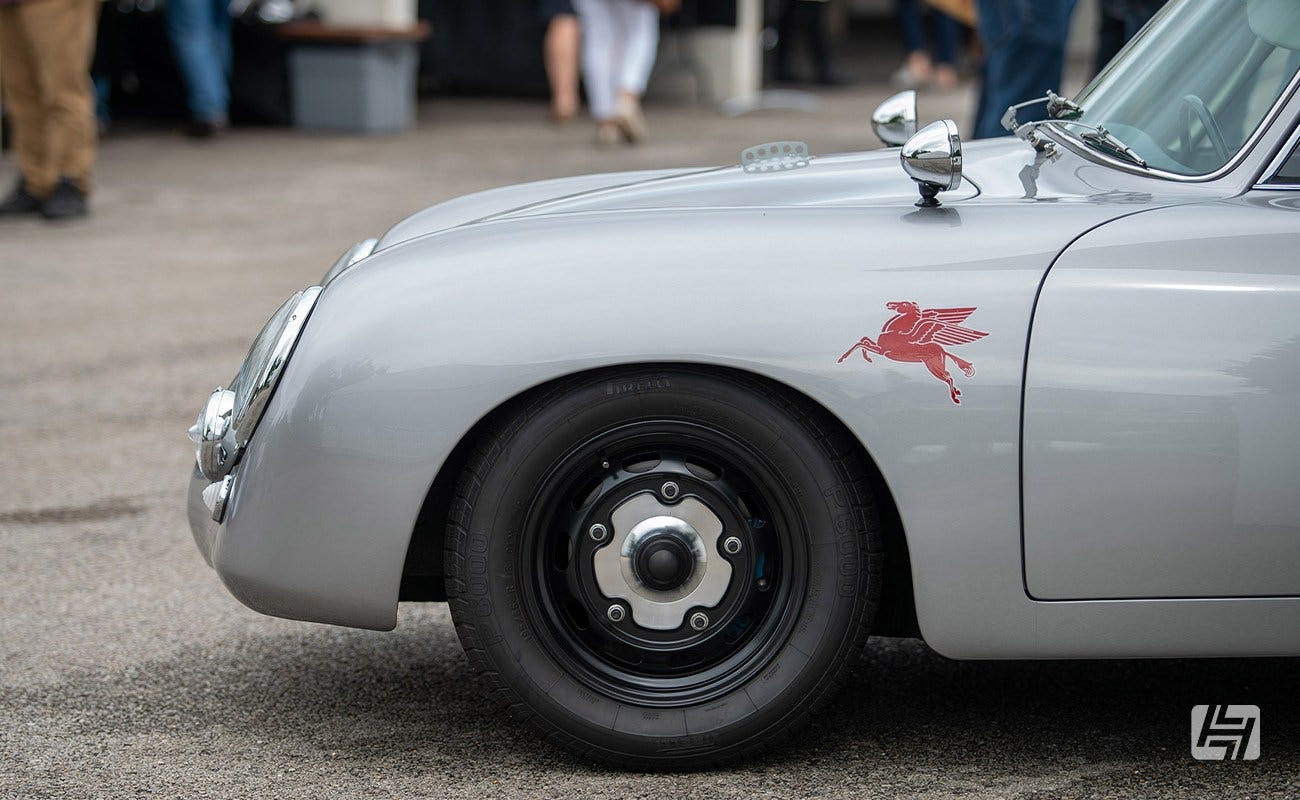

What does wheel offset mean?
Presuming you have selected wheels that have the correct stud pattern the next thing to consider is offset. In short, a wheels offset will control how the wheel will sit on the vehicle, whether it will foul any suspension, chassis or brake components on the inside, and if it will clear the bodywork on the outer edge. Get this right and the wheels will do exactly what you need them to do. Get it wrong and you could need to fit wheel spacers to move the wheels further out, either to avoid mechanical interference or to perfect the placing of the wheel within the wheel arch. In the same breath, if you pick an offset that is too small, or in fact negative, your wheel could come into contact with the bodywork leaving you needing to fit stretched tyres, roll the metal lip of the wheel arch flat, flair the wheel arches or possibly machine the mounting face of the wheels to adjust the offset. There's quite a science to this when you look into it.
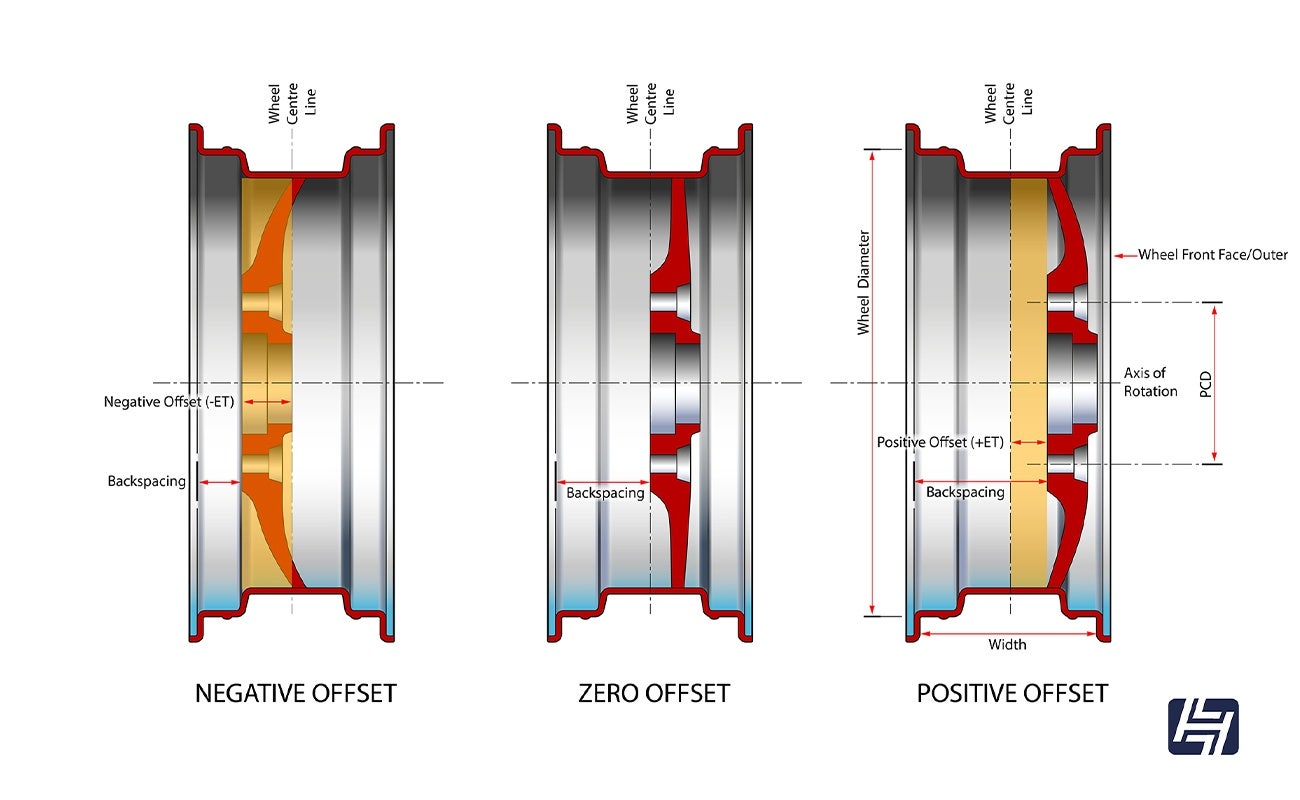

Interestingly ET is short for the German word Einpresstiefe, which means insertion depth. It is measured in millimetres away from the imaginary centre line of the wheel. If the mounting face of the wheel is further towards the street side of the wheel then the number gets bigger and the wheels tuck further into the arch. If the mounting face goes the other way, the numbers become negative and the wheel will poke out more.
How do wheel spacers work?
For either mechanical or aesthetic reasons, you might choose to fit wheel spacers onto your vehicle. Spacers might be used to move the wheel slightly further away from suspension components or to stop them from touching brake calipers. Alternatively, you might use them to improve the look of the car visually, making the wheels sit closer to the edge of the wheel arch. It is vitally important that if you fit wheel spacers you consider whether you need longer wheel bolts or studs. We consider a 3mm thick spacer is fine with your original bolts, but anything more than this and you'll need to increase your thread length by the thickness of the spacer. You could go longer, but if you are using drum brakes the bolts could foul on the shoes and springs inside, so will need cutting down. When the spacer gets too wide you'll only be able to source 'bolt-on' spacers, which work in much the same way as a PCD adapter.
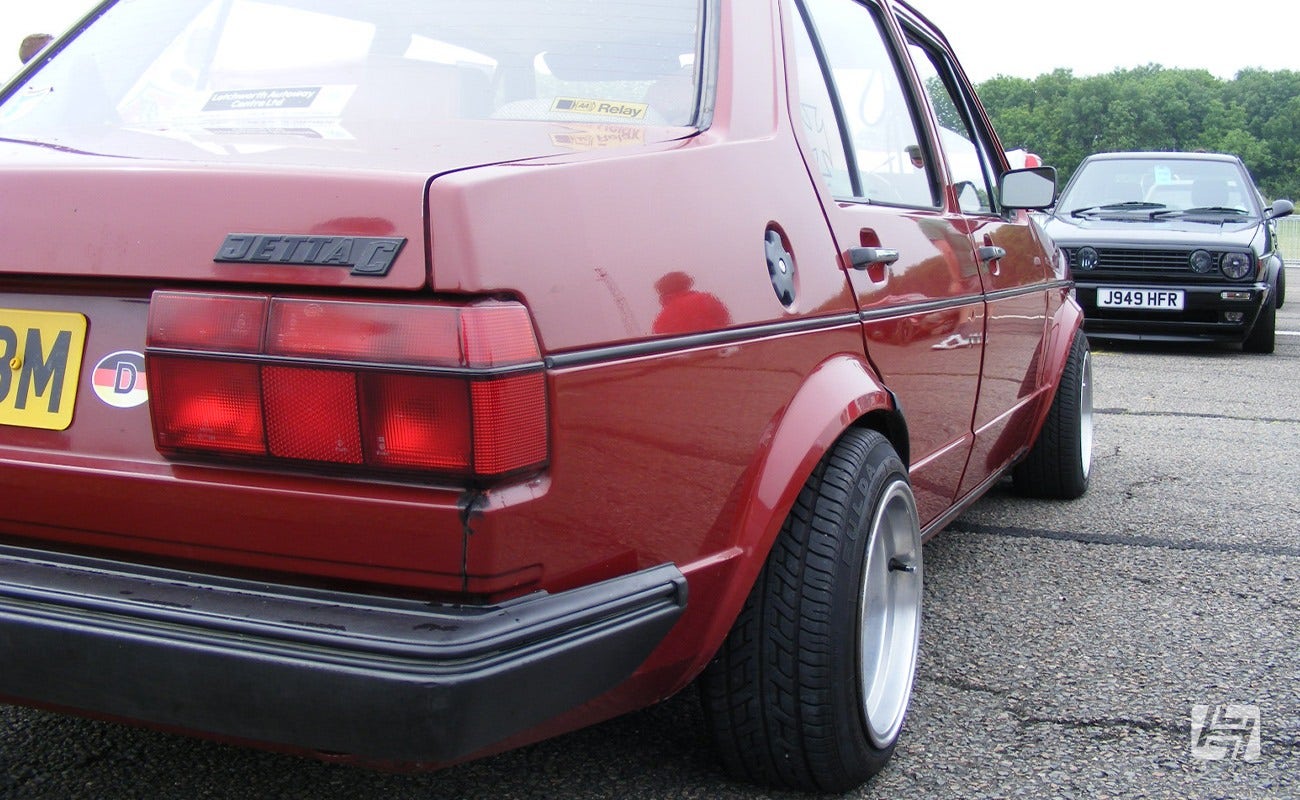

How to fit wheels that almost fit!
If you have found a wheel that almost fits, for example, a PCD of 4 x 98 and you want to fit it onto a vehicle with a PCD of 4 x 100mm you can use something called variation or wobble bolts. These will only work where the difference is less than 2.5mm, but will, provided the centre bore and the offset allow, let you bolt the wheels onto your car. They work by having a collar with a narrower bolt inside it, allowing the required lateral movement and keeping them in line to the wheel hubs on the car.
How to fit wheels that shouldn't fit!
We hinted earlier that there were some ways to fit a wheel to your car, which in theory shouldn't fit. By this, we mean bolting a 5 stud wheel to a 4 stud car, or to reference a real-life application, a Porsche wheel onto a Volkswagen. The first way to tackle this problem is to fit re-drilled (or Porsche) brakes and hubs to your vehicle. This then offers the Porsche wheel 5 suitably spaced threads to wind the bolts into. The benefit of doing this is there will be little or no change to the offset of your chosen Porsche wheels.


How to use PCD Adapters
PCD adapters are a cleverly engineered spacer. They are discs of aluminum (or pressed steel) that have bolt holes to allow fitment onto your brake discs or drums, but also have threads in them, or studs attached to them to provide the new stud pattern. It is important to remember a few things when going down this route. You need to minus the thickness of the PCD adapter from the offset of your wheel, as your wheel will stick out further on each side once fitted. With our example of fitting Porsche wheels, this isn't too much of an issue as they are very high (ET49) to start with, so even with a 20mm adapter, the offset will become ET29.
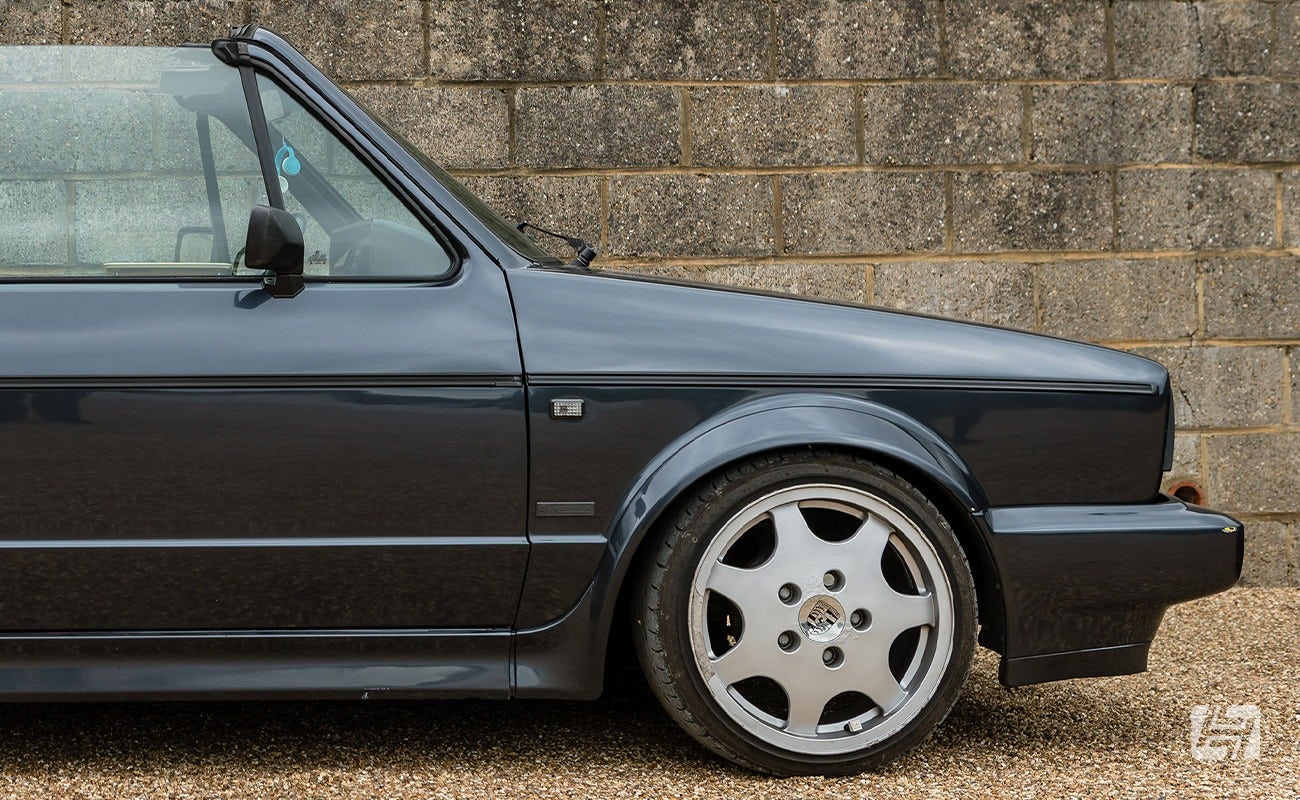

The other very practical piece of advice is, that once fitted you'll either need to carry a spare wheel to match your new PCD or have set of old wheel bolts, Allen keys to remove your adapters and your original spare wheel, should you suffer a puncture whilst out.


Want to know more about wheels?
Hopefully, this article has answered a few questions for you, but should it have raised some too please do get in touch and we'll do our best to answer them for you. As always, when working on your car please take the necessary safety precautions, use axle stands when removing wheels and be sure to use the correct torque settings (and wheel hardware) when refitting them.
Andy




 Bug
Bug
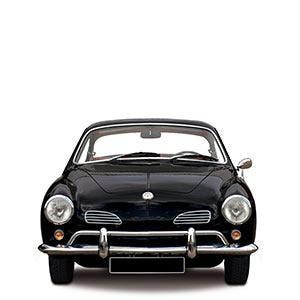 Karmann Ghia
Karmann Ghia
 Bay Bus
Bay Bus
 Vanagon
Vanagon
 Eurovan
Eurovan
 Transporter T5
Transporter T5
 Rabbit Mk1
Rabbit Mk1
 Golf Mk2
Golf Mk2


 911
911
 996
996
 997
997
 986 Boxster
986 Boxster
 987 Boxster
987 Boxster
 912
912
 944
944
 924
924






